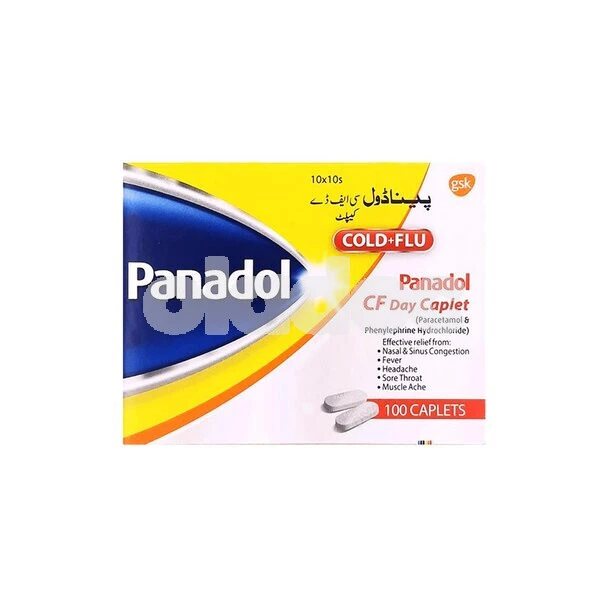Cryotherapy, also known as cold therapy, is the use of extremely cold temperatures in medical therapy. The word “cryotherapy” is a combination of two Greek words: cryo which means cold, and therapy which means cure. You can either go for whole-body cryotherapy or have it delivered to just one area of the body.
There are many ways to administer cryotherapies such as ice massage, ice packs, ice baths, and coolant sprays. A variation of the therapy, called cryosurgery, is used in surgical treatment to destroy diseased or abnormal tissues. Top dermatologists in Pakistan use it to treat a variety of skin conditions.
What is it used for?
Cryotherapy is commonly used to relieve sprains, swelling, and muscle pain either through postoperative swelling or soft tissue damage. It can be a combination of treatments ranging from low technology immersion ice bath or ice packs to the use of the cold chamber and body cuffs or face masks with controlled temperature.
How is Cryotherapy done?
Even though cryotherapy has gained mainstream popularity only recently, doctors have been using it for years. Liquid nitrogen is sometimes used to lower the body temperature of the patient to 30 to 50 degrees Fahrenheit This constricts blood vessels and rid them of toxins. When the body temperature rises again, clean, fresh, and highly oxygenated blood rushes through the system. This boosts circulation and metabolism, promote weight loss, alleviate aches, and clears up your skin. Some studies have even suggested that cryotherapy may help with muscle recovery and temporarily relieve arthritis pain.
Does it really work?
Since there is a little scientific evidence to back up the claims made by the proponents of cryotherapy, there is a lot of debate around it. It is a lot like applying an ice pack to a painful joint but on a larger scale. There is no conclusive scientific evidence that a full-body cryotherapy is more effective than simply applying an ice pack.
The origins of Cryotherapy
Cryotherapy has been used since the 1700s to improve recovery, decrease muscle spasms and pain, and slow aging. Even athletes soak in ice baths and cold tubs to get an energy boost and treat stiff joints and muscle aches. Whole body cryotherapy can be beneficial to athletes as they are more prone to injuries and soreness.
The most common type of cryotherapy is the one in which liquid nitrogen is supplied to a specialized chamber. This type of cryotherapy originated in Japan in the 1970s and has only come to other countries such as the US in the last decade.
Benefits of Cryotherapy
1- Reduces arthritic pain
Localized cryotherapy treatment isn’t the only thing that’s effective at treating serious conditions; one study found that whole-body cryotherapy significantly reduced pain in people with arthritis. They found that the treatment was well-tolerated. It also allowed for more aggressive physiotherapy and occupational therapy as a result. This ultimately made rehabilitation programs more effective.
2- Helps treat mood disorders
The ultra-cold temperatures in whole-body cryotherapy can cause physiological hormonal responses. This includes the release of adrenaline, noradrenaline, and endorphins. This can have a positive effect on those experiencing mood disorders like anxiety and depression. One study found that whole-body cryotherapy was actually effective in short-term treatment for both.
3- May help treat low-risk tumors
Targeted, localized cryotherapy can be used as a cancer treatment. In this context, it’s called “cryosurgery.” It works by freezing cancer cells and surrounding them with ice crystals. It’s currently being used to treat some low-risk tumors for certain types of cancer, including prostate cancer.
4- May help prevent dementia and Alzheimer’s disease
While more research is needed to evaluate the effectiveness of this strategy, it’s theorized that whole-body cryotherapy could help prevent Alzheimer’s and other types of dementia. It’s thought that this may be an effective treatment because the anti-oxidative and anti-inflammatory effects of cryotherapy could help combat the inflammatory and oxidative stress responses that occur with Alzheimer’s.
5- Reduces migraine symptoms
This therapy can help treat migraines by cooling and numbing nerves in the neck area. One study found that applying a neck wrap containing two frozen ice packs to the carotid arteries in the neck significantly reduced migraine pain in those tested. It’s thought that this works by cooling the blood passing through intracranial vessels. The carotid arteries are close to the skin’s surface and accessible.
Even though this therapy is used by a lot of people, not a lot of controlled studies have been done to prove its efficacy and long-term side effects of cryotherapy have also not been studied. Thus, it is recommended that you consult your doctor before trying it. You can book an appointment with top Dermatologists in Lahore, Karachi, and Islamabad through oladoc.com. You can also call our helpline at 042-3890-0939 for assistance to find the RIGHT Doctor for your health concerns.











